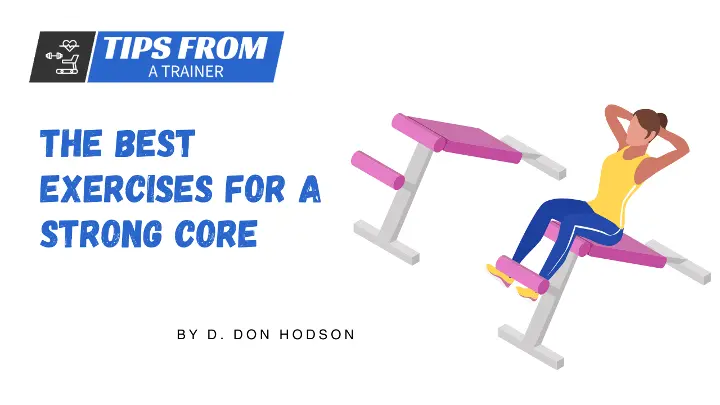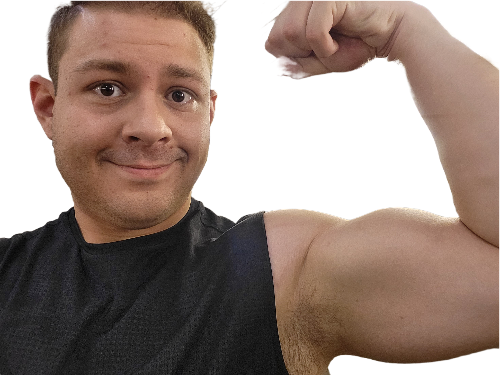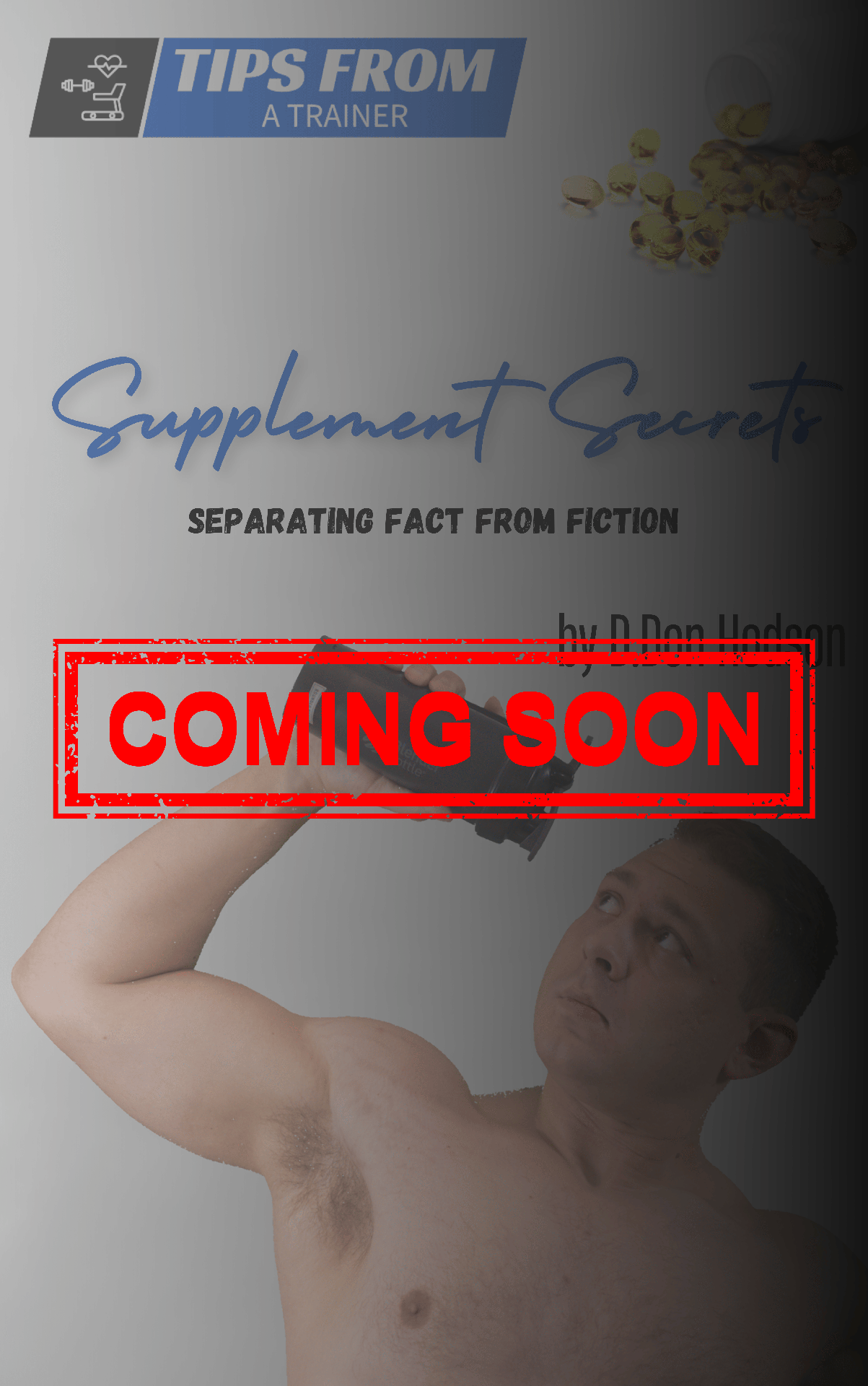Introduction
A strong core is the foundation of a fit and healthy body. Whether you’re an athlete aiming to enhance performance, someone looking to alleviate back pain, or simply striving for overall fitness, understanding the importance of core strength is crucial. The core muscles provide stability, support the spine, and play a vital role in almost every movement we make. In this article, we will explore the best exercises for building a strong core, the science behind core stability, and how to avoid common training mistakes.
Strengthening your core is not just about achieving visible abs; it’s about building a powerhouse that supports your body in all physical activities. From improving posture to preventing injuries, a well-developed core offers numerous benefits. This guide will take you through various exercises, expert recommendations, and practical tips for integrating core workouts into your routine, ensuring you get the most out of your training.

Conclusion
In summary, focusing on core strength is essential for anyone looking to improve their fitness, prevent injuries, or enhance athletic performance. The exercises and strategies discussed in this article provide a comprehensive approach to building a strong core, whether you’re working out at home or in the gym. By understanding the science behind core stability, incorporating expert-recommended exercises, and being mindful of common mistakes, you can achieve a balanced, effective core workout routine.
The benefits of a strong core extend beyond aesthetics; they include better posture, reduced risk of injury, and improved overall functional fitness. Whether you’re an athlete or a fitness enthusiast, prioritizing core strength will support your body in all its movements, from everyday tasks to intense physical activities. Remember, consistency is key—make core training a regular part of your fitness regimen, and you’ll see the results over time.
References:
- https://www.ncbi.nlm.nih.gov/pmc/articles/PMC6110226/ – NCBI Source: Scientific insights on the importance of core stability and strength.
- https://www.forbes.com/health/fitness/best-core-exercises/ – Forbes: Top core exercises recommended by fitness experts.
- https://www.stack.com/a/best-core-exercises/ – STACK: Core workouts tailored for athletes to enhance performance.
- https://www.henryford.com/blog/2023/09/back-pain-core-exercises – Henry Ford Health: How core strength contributes to lower back pain prevention.
- https://us.myprotein.com/thezone/training/best-ab-exercises-you-can-do-without-equipment/ – MyProtein: Effective bodyweight core exercises without the need for equipment.
- https://www.health.harvard.edu/staying-healthy/how-to-add-core-exercises-to-your-workout-routine – Harvard Health: Integrating core workouts into a full-body routine.
- https://www.healthline.com/nutrition/pilates-benefits – Healthline: The benefits of Pilates for building core strength.
- https://www.bphysicaltherapy.com/blog/2023/common-core-exercise-mistakes-and-fixes.html – B. Physical Therapy: Common mistakes in core training and how to avoid them.

Don Hodson, Certified Personal Trainer
I'm Don, an ACE-certified personal trainer and the founder of Tips From A Trainer. My journey in fitness began with personal challenges—I’ve faced and overcome weight issues myself. Through dedication to exercise, nutrition, and consistency, I’ve transformed my own body and helped countless others achieve their fitness goals.
While working as a personal trainer, I discovered a passion not just for fitness, but also for empowering others to reach their potential. After college, I ventured into the world of digital marketing, founding Connected Age Marketing, where I honed my skills in media and communication.
Eventually, I decided to bring these two passions together. Tips From A Trainer was born from my desire to combine my expertise in fitness with my knowledge of marketing, allowing me to deliver high-quality, evidence-based health & fitness content to a wider audience. My mission is to cut through the misconceptions of the fitness industry and provide practical, reliable advice that genuinely helps people transform their lives.
- My Site: www.Don-Hodson.com
- My Company: www.ConnectedAgeMarketing.com

The Best Exercises for a Strong Core